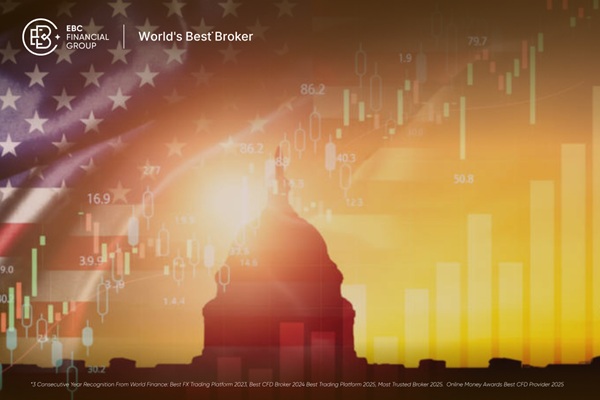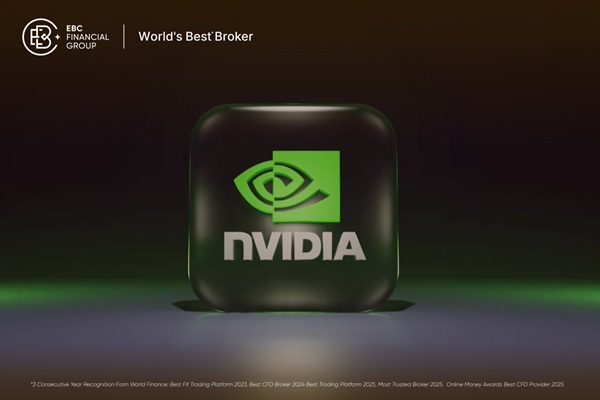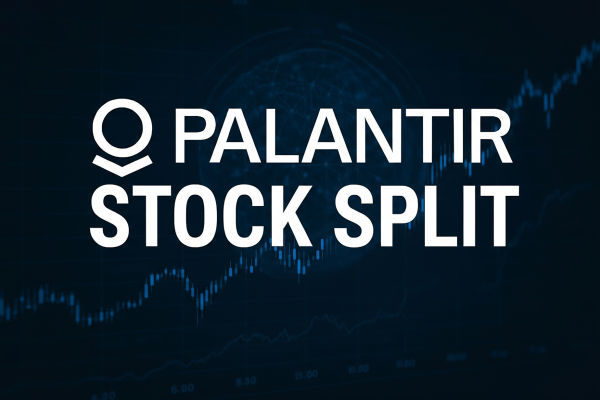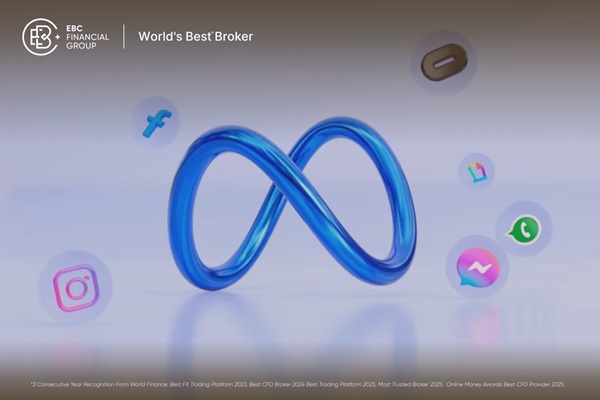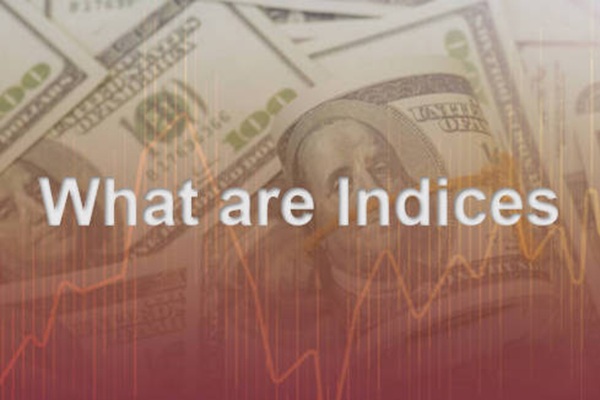Key Takeaways
Nvidia is the most crucial single earnings event this week
CPI is fragmented and unreliable due to the shutdown
Together, they create a high-volatility setup for the year-end
This week, markets are being pulled by two powerful forces:
Micro focus: Nvidia, the poster child of the AI boom, reports Q3 FY26 earnings on 19 November, after the US close.
Macro focus: A wave of CPI releases from Canada, India and other key economies will shape the next leg of the global inflation story.
At the same time, the US inflation picture is blurred. The official October US CPI was scheduled to be released last week, but the prolonged government shutdown prevented data collection. Several White House and media briefings suggest this report may never be published, even though the shutdown has now ended.
So markets are trading a strange mix:
A high-beta AI leader that can shift the entire tech complex in one evening
A CPI calendar outside the US that matters more than usual
A US data vacuum, with traders leaning on September CPI, private indicators and Fed guidance
For active traders, this week is not just "busy" It is a sentiment pivot: how Nvidia trades against a noisy inflation backdrop could reset risk appetite into year-end.
Last Week's Market Recap (10-14 November)

1. AI Trade: Still Powerful, but Showing Stress
Nvidia's share price has been choppy into earnings:
A recent SoftBank stake sale worth around $5.8 billion sparked a 3% daily drop in Nvidia stock.
Soon after, Nvidia bounced as Foxconn's earnings showed booming demand for AI servers, now making up over 40% of Foxconn's revenue.
It tells us two things:
The demand for AI infrastructure remains robust, and the capital expenditure cycle remains ongoing.
Positioning is heavy; any hint of slower growth can trigger sharp profit-taking.
At the index level, several weekly reviews suggest investors rotating from pure tech into more defensive sectors, even as the S&P 500 remains near its highs.
That rotation is a warning sign: markets are no longer willing to pay any price for growth.
2. Inflation: A Split Story Between the US and the Rest
United States:
The last official CPI is still September, at 3.0% YoY.
The October CPI report has been delayed indefinitely due to the shutdown and may never be reconstructed.
Private-sector price trackers suggest some cooling, but they lack the status of BLS data.
India:
October CPI slid to 0.25% YoY, the lowest in the current CPI series and far below the RBI's target range.
That signals a sharp disinflationary impulse and raises key questions about whether the Federal Reserve will accelerate rate cuts, or if persistent slowdown risks might shift the debate toward growth concerns instead.
Canada and Others:
Canada's CPI has been drifting back toward the 2% mid-point of the BoC's 1–3% target over recent months, with another update due this Monday.
In Europe, markets are braced for more evidence that inflation is normalising after an aggressive hiking cycle.
Markets ended last week with a moderately positive risk tone, helped by the end of the 43-day US shutdown and hopes that central banks can keep easing into 2026.
But underneath that calm, two questions are growing louder:
Can AI leaders like Nvidia still deliver explosive growth?
Is global inflation falling in a way that supports lower rates without signalling a hard landing?
Why Nvidia Earnings and CPI Global CPI Are Crucial This Week?
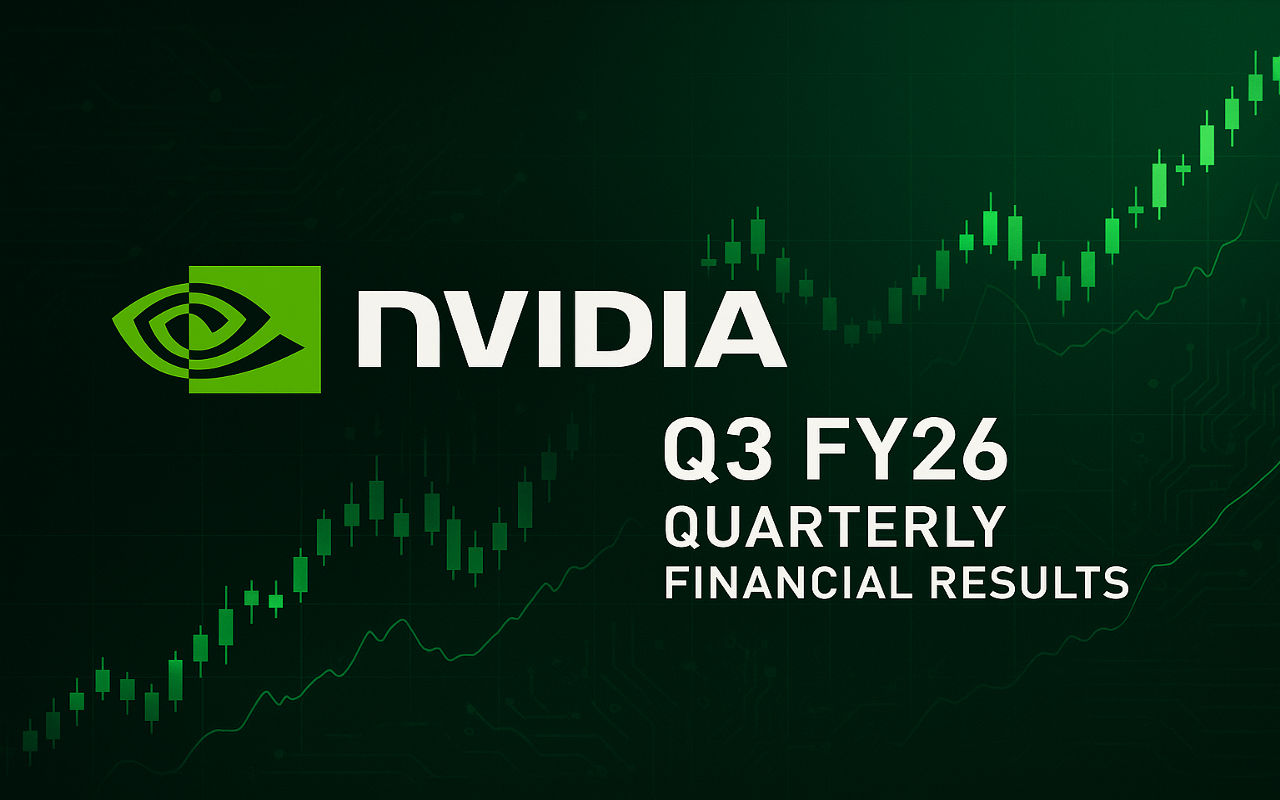
Nvidia: The Single Stock That Trades Like a Macro Asset
Firstly, Nvidia's Q3 FY26 earnings on 19 November could serve as the AI-infrastructure sector's moment of truth.
For context, Nvidia is now worth more than $5 trillion, its share price has risen about 1,000% since the launch of ChatGPT in 2022, and it accounts for roughly 8% of the S&P 500 and about 10% of the Nasdaq 100. When one stock is that large, its earnings can move whole indices, risk appetite, and even FX and bond markets through sentiment.
In February, Nvidia reported Q4 FY25 revenue of approximately $39.3 billion, up 78% from the same period a year earlier, with full-year revenue more than doubling to around $130.5 billion.
For Q3 FY26, we expect revenue of around $54–55 billion and EPS of roughly $1.23–1.25, broadly in line with the company's own guidance of approximately $54 billion ±2%.
The question for traders is simple:
Is that enough to keep the AI supercycle story alive, or is the bar now too high?
Wall Street commentary has become very clear: nervous tech investors are looking to Nvidia for the next cue on whether to keep buying AI or take profits.
CPI: The Anchor for Rates, FX and Equities
Consumer Price Index releases are still the primary anchor for inflation expectations and rate paths:
They affect rate-cut pricing for the Fed, Bank of Canada, ECB, RBI and others
They drive bond yields, which in turn set the valuation "gravity" for growth stocks
They shape FX trends, especially for currencies tied to high-yield or low-yield regimes
Which is why this week's calendar is stacked:
Monday: Canada CPI:
Key for CAD pairs (USDCAD, EURCAD) and Canadian equities
A soft print would support expectations that the BoC stays on a gentle easing path.
India: October CPI already released:
The collapse to 0.25% YoY raises the risk of too-low inflation, not too high.
If sustained, it could facilitate further monetary easing, but may also signal underlying demand weakness.
Eurozone / Germany CPI later in the week:
Markets will look for confirmation that disinflation is progressing, which would support the case for further ECB cuts in 2026.
Crucially, all of this plays out while US CPI is missing in action, pushing traders to:
Watch global CPIs and PMIs as proxies for the inflation–growth mix.
Lean more heavily on Fed minutes and speeches for clues on the US path.
Use market-implied breakevens and swap pricing as real-time measures of inflation expectations.
3. Cross-Asset Linkages: How It Fits Together
Here is how the Nvidia–CPI combination may feed across assets:
Equities
Strong Nvidia + benign CPIs → risk-on, tech and cyclicals outperform, volatility drops.
Disappointing Nvidia or hot CPIs → risk-off, defensives and value outperform, tech under pressure.
Bonds and Rates
Soft CPIs (Canada, Europe, India) strengthen the global disinflation narrative, supporting lower yields.
A robust Nvidia print can still push real yields up if markets see a longer AI-driven capex boom.
FX
CAD, INR and EUR will react to their respective inflation surprises.
The US dollar's path is less clear due to the data void; USD may trade more on relative growth and risk sentiment than on direct CPI reaction.
In other words, this week, traders must combine:
A super-charged micro event (Nvidia)
A partial global inflation picture (Canada, India, Europe)
A foggy US inflation backdrop
Market Outlook & Scenarios

Below, we lay out three plausible scenarios for the next 4–6 weeks.
Scenario 1: AI Strength + Gentle Disinflation (Risk-Positive)
Nvidia beats expectations and guides to another strong quarter, confirming that AI demand is still accelerating.
Canadian, European and Indian CPIs all meet or undershoot expectations, showing that inflation is contained.
Fed minutes confirm a gradual easing bias, but no sense of panic.
Market Impact:
Equities grind higher, led again by quality growth and AI; credit spreads remain tight; yields edge lower or move sideways; USD trades mixed.
Scenario 2: AI Disappointment + Mixed CPI (Choppy, Range-Bound)
Nvidia delivers strong absolute numbers, but guidance or commentary hints at slower incremental demand.
CPI data are mixed, with some upside surprises (for example, in services) offsetting disinflation.
The Fed stresses data uncertainty and keeps optionality on future cuts.
Market Impact:
Indices fluctuate sideways with increased daily volatility. There is more sector rotation than a clear index trend. FX trades in ranges as rate differentials move only moderately.
Scenario 3: AI Shock or CPI Upside Surprise (Risk-Off)
Nvidia falls short of the consensus or provides a significantly lower forecast, indicating that clients are reducing AI capital expenditures.
One or more major CPIs print well above expectations, reviving worries that inflation may not be defeated.
The Fed sounds less confident about easing, fearing sticky inflation with limited data visibility.
Market Impact:
Global risk-off. Tech and high-duration assets sell off; yields spike in the front end; USD and traditional havens (JPY, CHF, gold) gain ground.
Currently, markets still lean toward Scenario 1 or 2, a constructive base case with noise. But given Nvidia's weight and the fragile macro backdrop, the tail risk of Scenario 3 cannot be ignored.
How Should Investors Position Right Now?
For Growth-Oriented Investors
If you believe the secular growth story, this may be a moment to accumulate, but only after clarity on Nvidia and inflation. Use staged entries and avoid chasing extensions.
For Balanced Portfolio Managers
Given the elevated backdrop, consider trimming single-stock risk and maintaining exposure but limiting top weights. Add exposure to value and quality defensives as insurance.
For Conservative or Retail Investors
This week may not be the ideal time to load up on speculative or volatile trades. Waiting for the outcomes may reduce risk. Consider dollar-cost averaging rather than lump-sum entry.
Conclusion
In conclusion, this week presents a rare dual-trigger for markets: the outcome of Nvidia's earnings and the next inflation reading. Each alone would matter; together, they could redefine sentiment.
If Nvidia confirms the AI growth narrative and inflation remains contained, tech and growth stocks may resume their run. However, if either falters, combined with unclear guidance or an unexpected inflation shock, the likelihood of a broader market rotation increases substantially.
In this environment, clarity tomorrow may be more valuable than courage today. For investors, the most prudent strategy is to remain open to both gains and losses, steer clear of fixed assumptions, and let the data drive informed decisions.
Frequently Asked Questions
Q1: When Does Nvidia Report Earnings?
Nvidia is scheduled to report earnings on 19 November 2025, for the quarter ending October 2025.
Q2: Which Markets Are Most Sensitive to Nvidia's Earnings?
US tech indices (Nasdaq 100, S&P 500), AI-linked chipmakers, cloud providers, and even some Asian hardware names tied into the AI supply chain.
Q3: Which AI Stocks Could Move the Most on Nvidia's Earnings?
AMD, Broadcom, TSMC, SK Hynix and AI-leveraged cloud names.
Disclaimer: This material is for general information purposes only and is not intended as (and should not be considered to be) financial, investment or other advice on which reliance should be placed. No opinion given in the material constitutes a recommendation by EBC or the author that any particular investment, security, transaction or investment strategy is suitable for any specific person.









